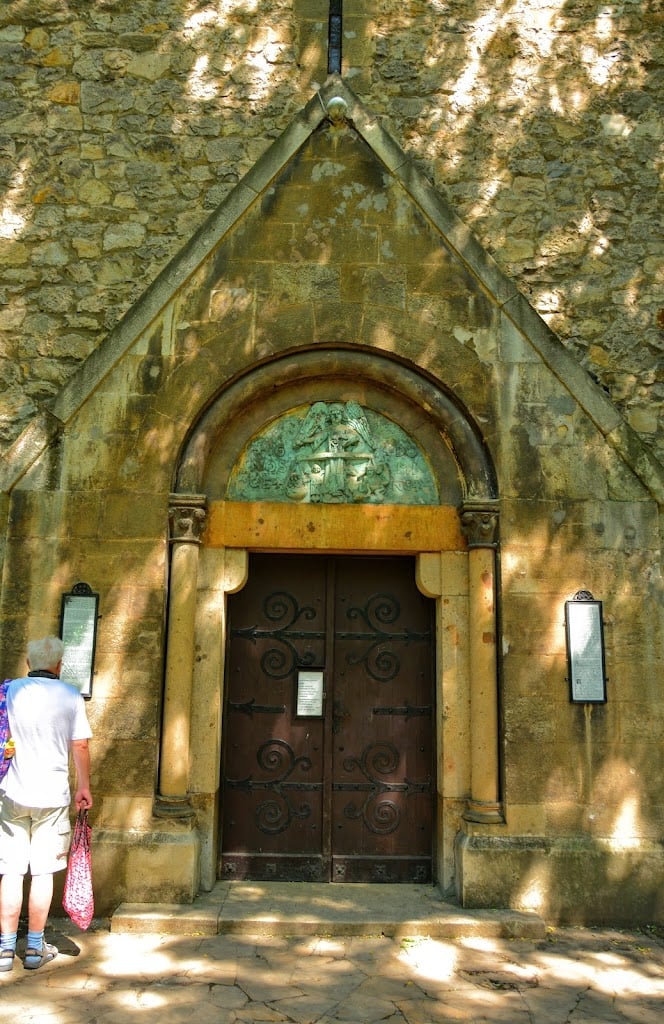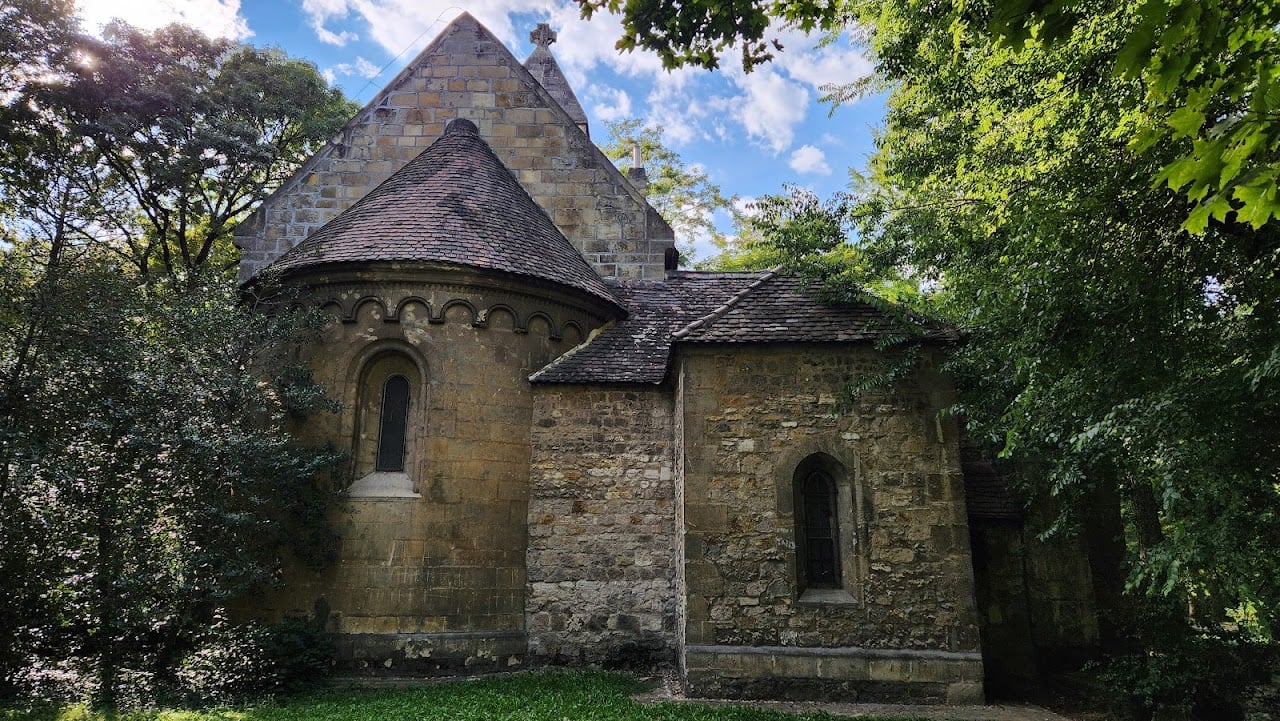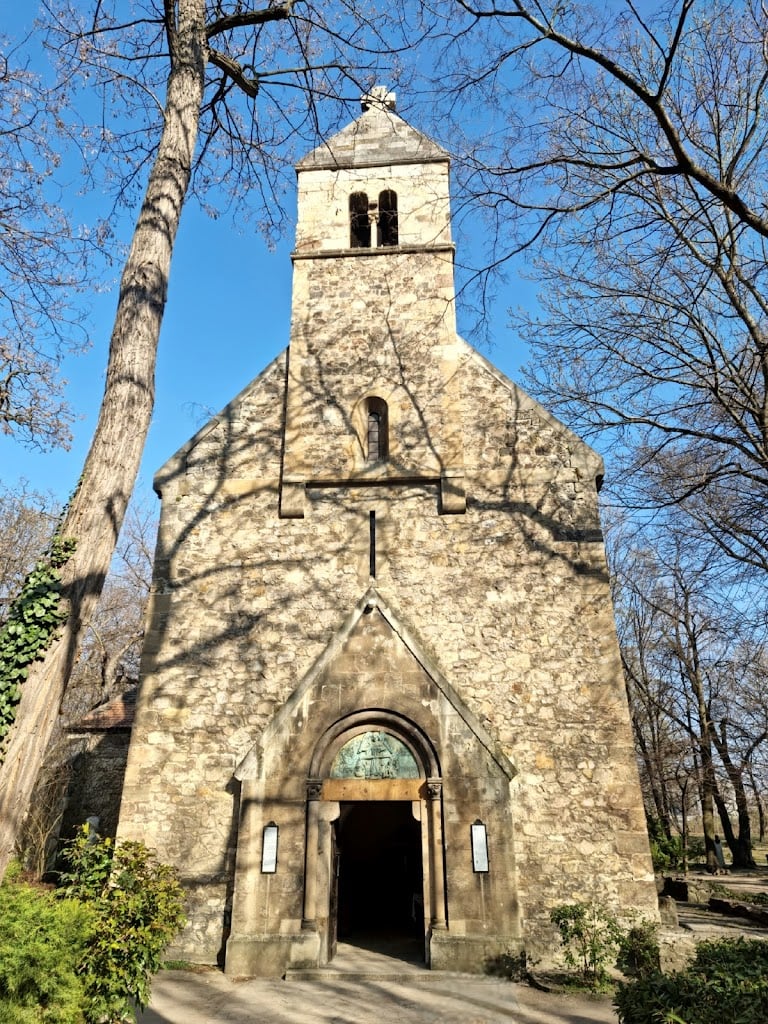Saint Michael's Chapel



Ask ThatchGPT
Suggest a local expert to plan my trip
Suggest an unique itinerary for my Budapest trip
What foods do Budapest locals eat
What are some true hidden gems in Budapest
Help me brainstorm trip ideas for Budapest
Help me plan a family-friendly trip to Budapest
What people say
Pedro Pereira
Available for hire
"The Premonstratensians, or the Order of Canons Regular of Prémontré arrived in Hungary soon after its founding, during the reign of King Stephen II between 1116 and 1131. The white canons remain active in Hungary today. The most notable structure connected to the order in Budapest is Saint Michael’s Chapel on the northern part of Margaret Island, which was reconstructed in the 1930s by the prominent Hungarian conservationist Kálmán Lux.
Monastic orders have played a crucial role in Budapest's history, influencing religion, culture, science, literature, and the fine arts. The city, with its rich and diverse monastic past, holds numerous traces of these religious communities. Margaret Island is particularly significant in this regard, home to the ruins of the Dominican convent where Saint Margaret once lived, a Franciscan church, and the remnants of the Premonstratensian Provostship of Archangel Saint Michael.
The Order of Premonstratensians was founded by Saint Norbert of Xanten in 1121 in Prémontré Valley, France. The order spread quickly to Hungary, with King Stephen II inviting them to settle in the country. By the time of the Mongol Invasion in 1241–1242, the Premonstratensians had established 24 monasteries, including the Provostship of Saint Michael on what is now Margaret Island. This small monastery prospered thanks to royal donations, including land from Kings Andrew II and Béla IV. However, the order’s influence began to decline with the founding of the Dominican nunnery, and they were eventually forced to leave the island after the Ottoman conquest of Buda in 1541.
The chapel and its surrounding buildings fell into ruin, and by the early 20th century, only the southwestern wall remained standing. In 1914, a storm on Margaret Island led to the discovery of a large, intact bell buried among the roots of a fallen tree. This event spurred archaeological excavations in the area, although progress was slow due to the outbreak of World War I. In the 1920s, the Budapest Public Works Council began restoring the site, including the chapel, under the direction of Kálmán Lux and other conservationists. Construction began in 1930, with the chapel being completed in 1932.
The restored chapel was consecrated by Prince Prelate Jusztinián György Serédi in September 1932. The ceremony was attended by notable figures, including Mrs. Miklós Horthy, the wife of the Hungarian governor, who had made significant financial contributions to the project. The chapel was placed under the care of the Óbuda-Újlak Parish, which was responsible for ensuring regular worship.
Today, Saint Michael’s Chapel stands as a remarkable example of Hungarian conservation, with its medieval-inspired architecture faithfully reconstructed by Kálmán Lux. The interior features stained glass windows by Dezső Kölber and sculptural works by Jenő Körmendi-Frim, including a bronze relief of the Last Judgment above the chapel’s entrance. The chapel's tower is adorned with the oldest bell in Budapest, a 15th-century bell discovered during the 1914 excavation. The bell, cast by Master János Strous, bears an inscription in German, invoking God’s help and the guidance of Mother Mary. "
Read more in:
Mentioned in these guides
About Saint Michael's Chapel
Get the inside scoop on Saint Michael's Chapel from local experts, travel creators, and tastemakers. Browse genuine trip notes, Saint Michael's Chapel reviews, photos, travel guides, and itineraries from real travelers and plan your trip with confidence.
Phone
Save this spot for later or start mapping out a new trip today
Try our AI Travel Assistant and get instant answers to any questions about your trip.
Ask ThatchGPT
